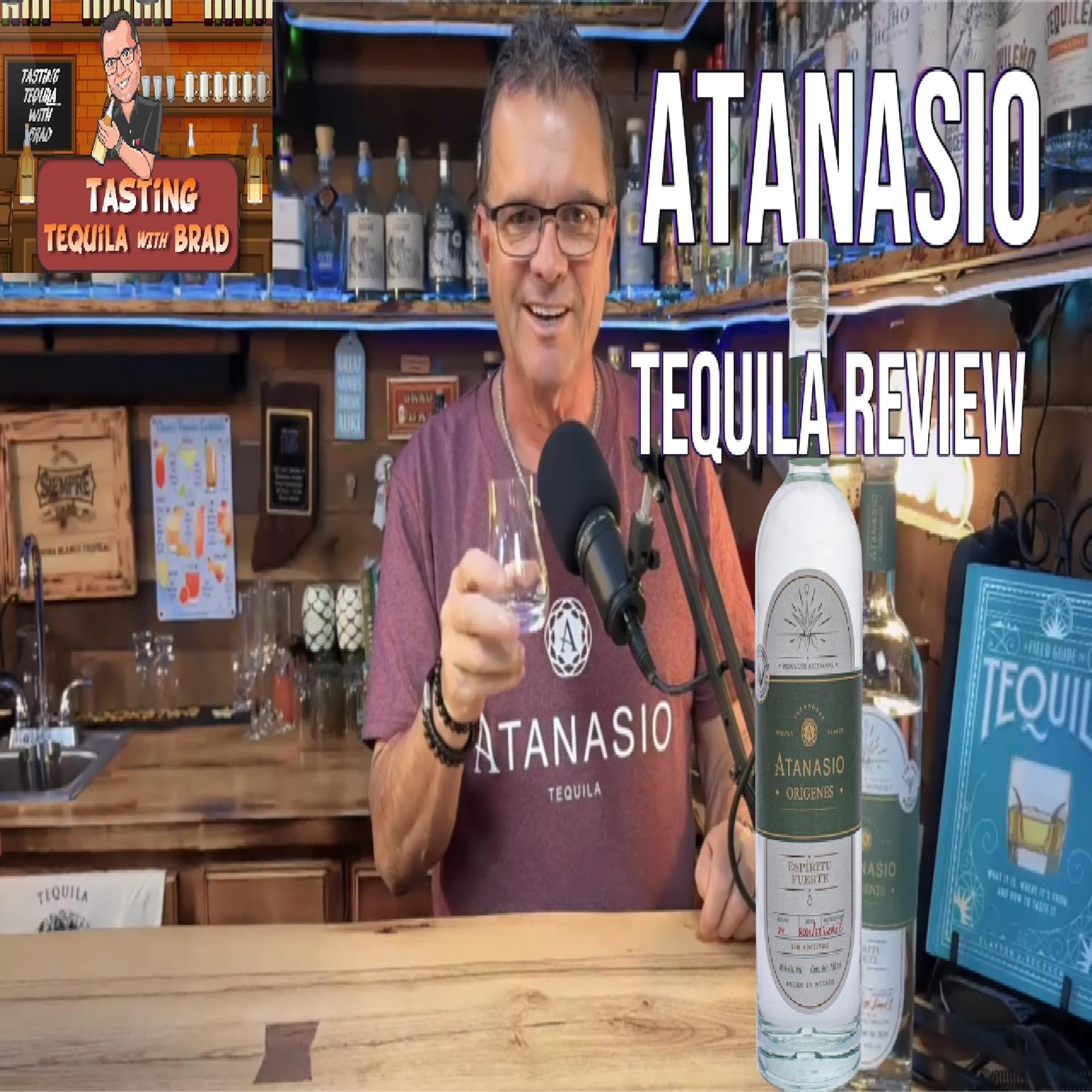Discover where your tequila really comes from, tequila regions of Jalisco, and tequila from Jalisco — learn the real tequila regions, from Los Altos to Tequila Valley and beyond!
Have you ever wondered where your tequila really comes from? In this episode of Tasting Tequila with Brad, I take you across Jalisco, Mexico to explore the five major tequila-producing regions — and how soil, altitude, and climate create the unique flavors you love.
From the volcanic Tequila Valley to the Highlands of Los Altos Sur and Norte, the Foothills of Juanacatlán (NOM 1551), and La Ciénega, we’ll uncover how terroir shapes the character of every sip.
We’ll feature some of Jalisco’s most respected distilleries and NOMs:
Fortaleza (1493) • Cascahuín (1123) • Hacienda de Oro (1522) • Feliciano Vivanco (1414) – Viva México, Siempre, Lost Lore
Destiladora de Los Altos (1412) – Corrido • Tequilería Trujillo (1634)
El Pandillo (1579) – G4 • La Alteña (1139) – Ocho • Siete Leguas (1120) • El Viejito (1107)
If you’re passionate about additive-free, authentic tequila, this video will help you taste Jalisco in every glass.
Subscribe for more interviews, reviews, and deep dives into the world of agave spirits.
Watch more at: youtube.com/@TastingTequilawithBrad
Visit: tastingtequilawithbrad.com
“Hit Subscribe and join me as we uncover the regions, people, and passion behind every bottle of tequila — one sip at a time!”
#TastingTequilaWithBrad #TequilaRegions #JaliscoTequila #TequilaValley #LosAltosTequila #AdditiveFreeTequila #TequilaEducation #TequilaLovers #TequilaFacts #DiscoverTequila #AgaveSpirits #MexicanTequila

Dangerous Repo Tequila Review, Dano’s Dangerous Reposado, and tequila tasting notes — it’s all here! Is this dangerously smooth reposado worth sipping or skipping?...

In this episode of Tasting Tequila with Brad, I review Atanasio Orígenes Blanco Espíritu Fuerte, a high-proof tequila that delivers bold agave character and...

In this engaging conversation, Bradley Niccum and Agave Love And Lore delve into their shared passion for tequila, exploring its journey from bourbon to...